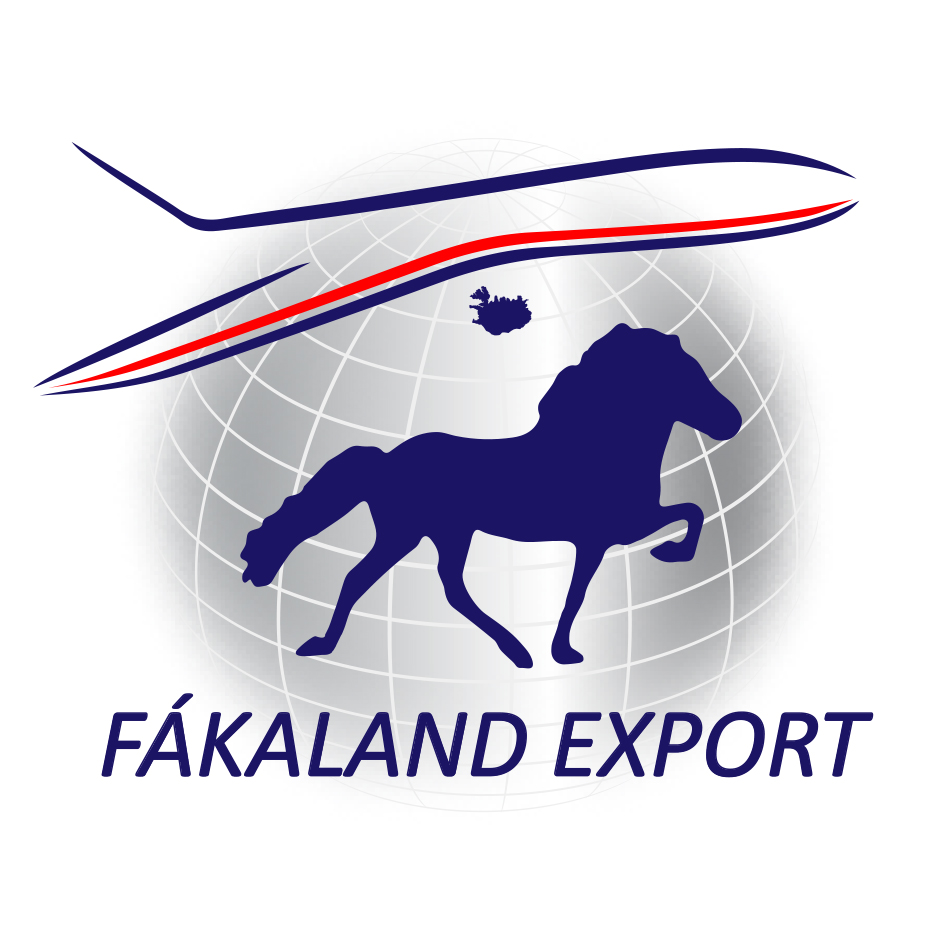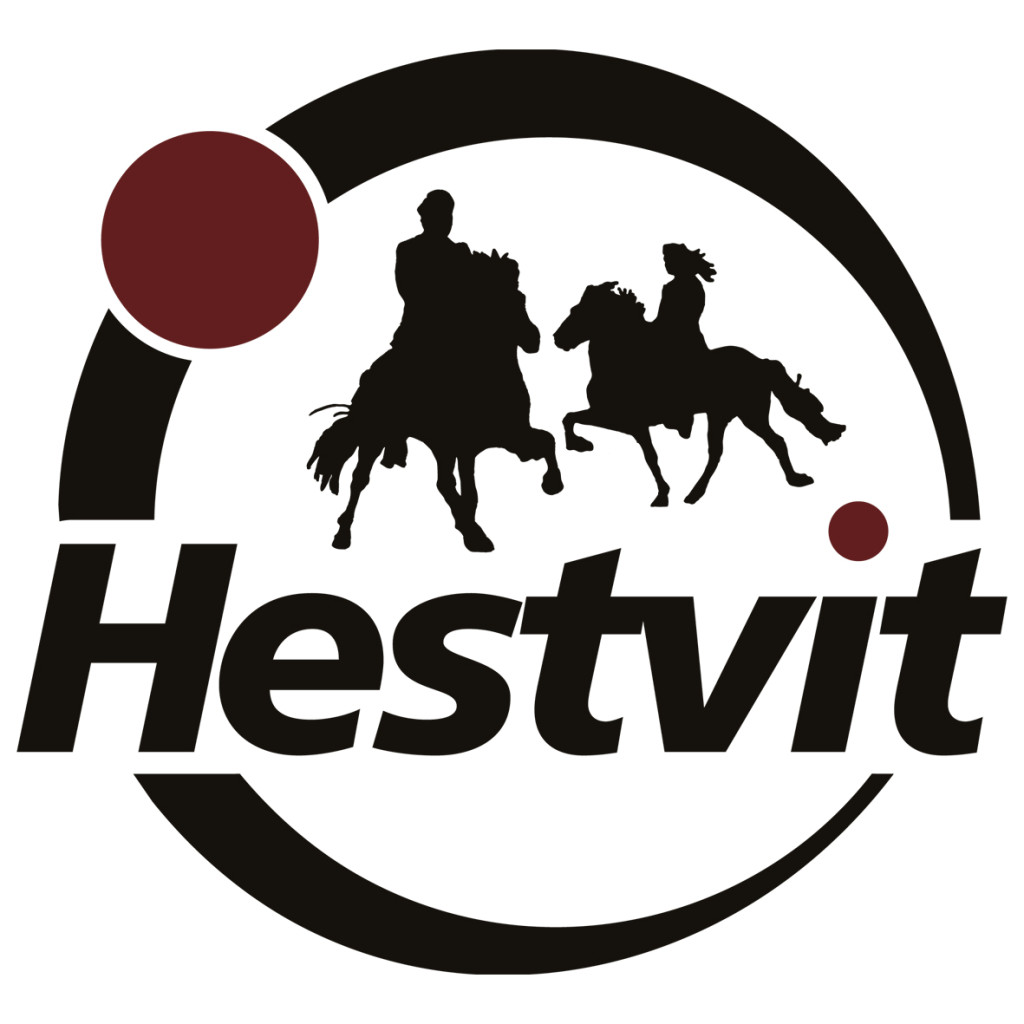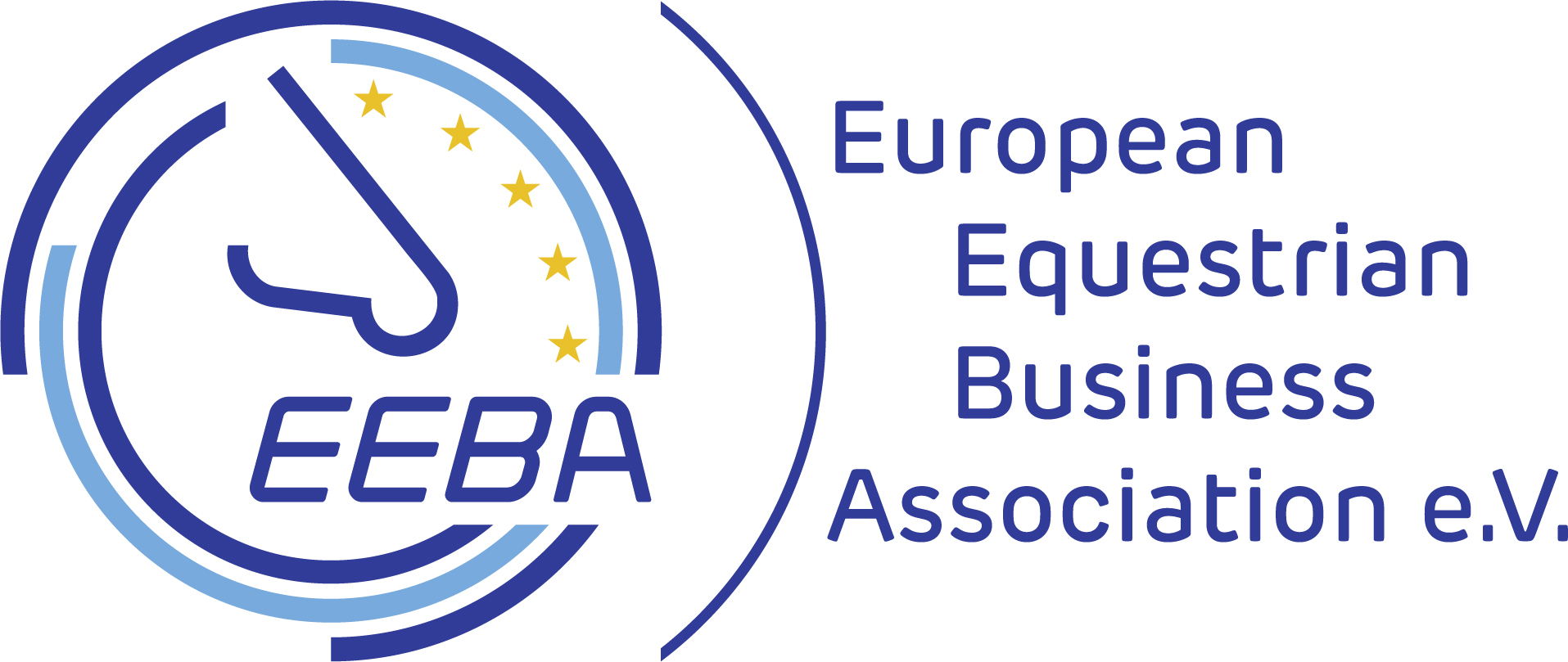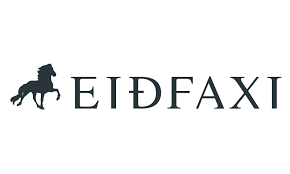What is particularly important for you, when you wish to buy a horse? Is it important that the tölt has a steady beat? That the horse is five-gaited? That the horse has movements, which makes everyone else at the stable sigh with admiration? That the horse stands completely still when mounted? That it has a lot of willingness? That it is pinto? That it trusts its rider and turns right along a path in the forest when asked to - even though all other riders turn left? Is it all right for you that your horse believes that every puddle is a hiding place for dangerous crocodiles?
More than 3000 riders of Icelandic horses in 12 countries have responded to a questionnaire sent out by FEIF two years ago. Together with existing test models from France, Germany and Iceland, this survey forms the basis of FEIF’s newly developed Riding Horse Profile. The main goal behind the Riding Horse Profile is to assist the buyer of a horse to make a qualified choice: a choice, which reflects the needs of the rider. The respondents to the survey conducted by FEIF represented organized as well as un- organized riders. This was a deliberate choice made by FEIF to secure that as many “ordinary” riders as possible participated in the survey.
The character is the most important
To most respondents the character of the horse is considered the most important. This is the results of the survey in most of the continental European countries. In Iceland, tölt has been given highest priority. But given the different circumstances in the countries this may be understandable – traffic safety is probably of more concern in the Netherlands than in Iceland, where traffic is less intense. Access to ride in nature is very different as well.
In most countries the typical Icelandic horse rider is a leisure rider. A leisure rider typically spends a substantial time on horseback riding outside the paddock or oval track. Anyone riding in the nature is a leisure rider. Leisure riders wish to learn, improve and develop together with their horse; however, the competition element is not really of interest. More often working with the horse is viewed as a personal development project together with the horse. The less routine you have as a rider – and this of course also applies to competition riders – the more difficult it becomes to assess how the cooperation with the horse of your dreams becomes once you have brought your horse home.
- The aim with the survey was to define the focus for the Riding Horse Profile, which FEIF Leisure Riding Committee has now launched, says Lone Høgholt. The Leisure Riding Committee has a particular focus on the leisure riding. This article takes a closer look at the Riding Horse Profile, which may be used by buyer, seller and trainer in connection with education.
A neutral qualification of the equipage
The Riding Horse Profile represents a neutral description and assessment of both character and behavior of the horse as well as the needs of the rider – and a professional trainer in cooperation with buyer prepares it all. There is no “correct facit” nor right or wrong conclusions. A horse that may be a complete wrong choice for one rider may be the perfect match for another rider. Against this reason FEIF does not wish to create a test or give marks, but instead the Riding Horse Profile gives a neutral, descriptive snapshot. What is new is the idea to have a closer look at the rider and her abilities as well. In other words you are looking at a equipage, not just a horse.
- We have worked on the assumption that professional horse people has an insight, and knowledge, which others do not have. The experienced trainer can establish a good understanding of both rider and horse within a couple of hours. The preferred trainer is familiar with educating and training both riders and horses and it is the intention to make this a requirement over time, says Lone Høgholt.
- What we have now is version 1.0 and we hope that everybody will embrace it, use it and collect as much experience as possible. Based on this, we can collect a lot of information to develop and launch a more refined and improved version 2.0.
The Trainers Report will not have the same value if conducted by someone, who is not a professional. Asking a professional trainer to do the job gives you an opportunity to define the best possible match relatively fast, as you benefit from having a high level professional involved.
Preventing the consequences of a poor match
-”This horse is ideal for you”.
The pinto Icelandic gelding did not at all look the way Lone Høgholt had expected her very first horse to look like. However, he had lovely, dark eyes and was very friendly.
-”He was born 50 kilos too fat, he is piggy-pacing but he has a heart of gold and I think you would make a fine match. I need to train him first and you can pick him up in eight weeks”.
Lone, tried another very well educated horse, but the pinto had won her heart. An inexperienced rider and a newly trained 4-year gelding! It ended up being a very happy and successful match. Well spotted by a professional and honest seller. Not all buyers of horses are this lucky. Far from all buyers are qualified to make this assessment on their own.
This is why the Riding Horse Profile may be a tool to create comfort for both seller and buyer and prevent negative consequences of a poor match, to the benefit of both seller and buyer. The questions in Riders Form and Trainers Report are identical to allow for a fast identification of gaps between the needs of the rider and the character and abilities of the horse. In the Trainers Report form there are additional information to be found on his or her findings.
Calibration of expectations
The rider may start by filling in Riders Form describing her ideal horse. An even better start would be for her to do so together with her trainer or a trusted horse person. It is of paramount importance, that both trainer and rider are honest when filling out the form. How does the rider see herself and how does her trainer see her needs? What characterizes the ideal horse for this particular rider? Together the two of them fill in the Riders Form and answer questions relating to behaviour on the ground, general characteristics, willingness and gaits. Having done so the time has come to go and fall in love with a horse!
Once the horse that the rider fancy has been found, the rider invites her trainer to prepare the neutral Trainers Report based on observations of the horse and riding the horse. This part of the Riding Horse profile has three elements.
Initially the trainer observes the horse on the ground: how does fetching in the field work? Grooming and saddling? The owner demonstrates this part for the trainer. Second, the trainer rides the horse and gets a feeling for its gaits, educational level and cooperation. As a third element the trainer monitors the horse’s reactions to its surroundings: plastic or a tarpaulin blowing in the wind? Does the horse react fearfully to walking under branches with leaves, or do you finally have to carry it on-board the horse trailer?
The professional trainer shall feel and assess what kind of horse he or she has mounted. It needs to be challenged a bit. In other words, a calibration of expectations.
It’s all about safety
It is important to stress that the Riding Horse Profile gives a snapshot of horse and rider. There is no guarantee that the same result can be achieved three months later. A good horse can be ruined in no time by the wrong rider or owner. But hopefully FEIF Riding Horse Profile can make clearly wrong choices this happen less often.
The Riding Horse Profile also challenges the myth that the Icelandic horse is for everybody. The individual horse is not.
- An Icelandic horse can’t ride high-level competitions in the morning and be a calm leisure horse for a five year old in the afternoon. These horses do exist; however, they are extremely rare. Some still believe that they buy a teddy bear, but an Icelandic is a horse! Even a tough one having survived under rough conditions, says Lone Høgholt and continues:
- Some may say that an Icelandic in many ways is closer to nature than other breeds, as they have been systematically bred with a focus on special use of the horses for 2-300 years. Breeding in Iceland is relatively young as a focused discipline.
Your Icelandic isn’t a teddy bear. You do not become national champion because your newly bought horse has been a champion. You will not be riding comfortably in nature on a very sensitive horse, which instantly reacts to your lightest signal if this precision makes you nervous and makes you pull the brakes. If you are troubled by back problems your ideal horse may be a soft five gaited horse and not a horse with impressive movements. If you are insecure and with little routine it may be a good solution to look for a well trained, mature horse with clear gaits. Reach out for help to make the right choice.
It’s all about safety and a good life for the horses.
FACT BOX: Focus area for the Riding Horse Profile
· A trainer defining focus areas for the education together with his student by using “Riders Form”.
· A seller wishing to sell his horse may ask a trainer to prepare a neutral Trainers Report to get a professional, neutral description of the horse.
· A stallion owner may ask a trainer to prepare a neutral Trainers Report to get a professional, neutral description of the stallion.
· A buyer wishing to get a neutral description of a horse may ask a professional trainer to prepare ”Trainers Report”.
· Buyers of horses are encouraged to fill in the Riders Form together with their trainer or teacher to identify what they should be looking for.
By Tina Andersen for Tölt, Denmark (unofficial translation)
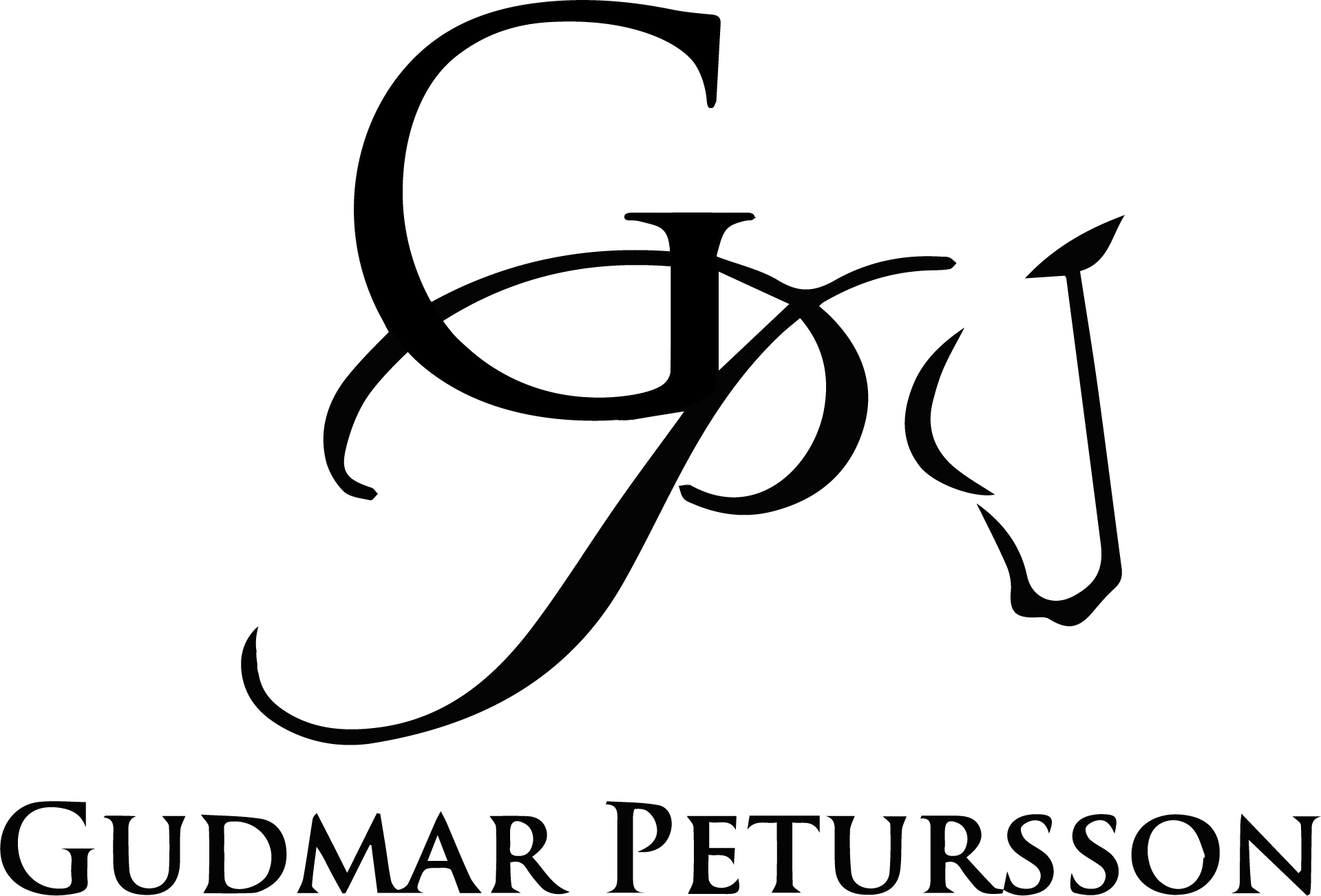
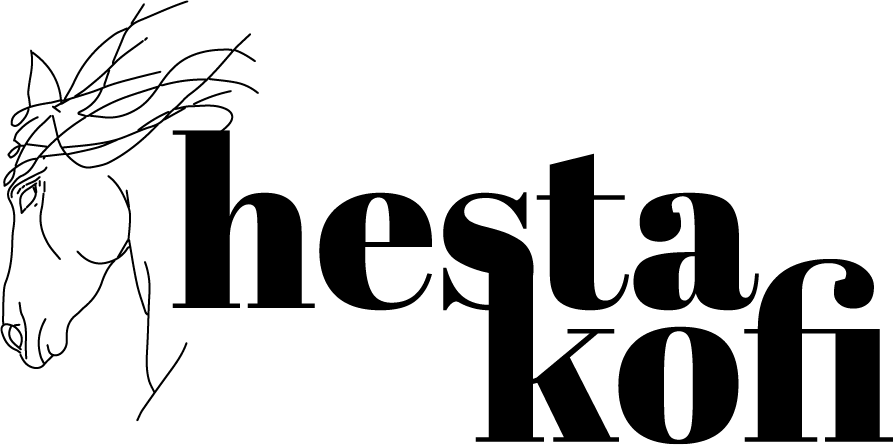
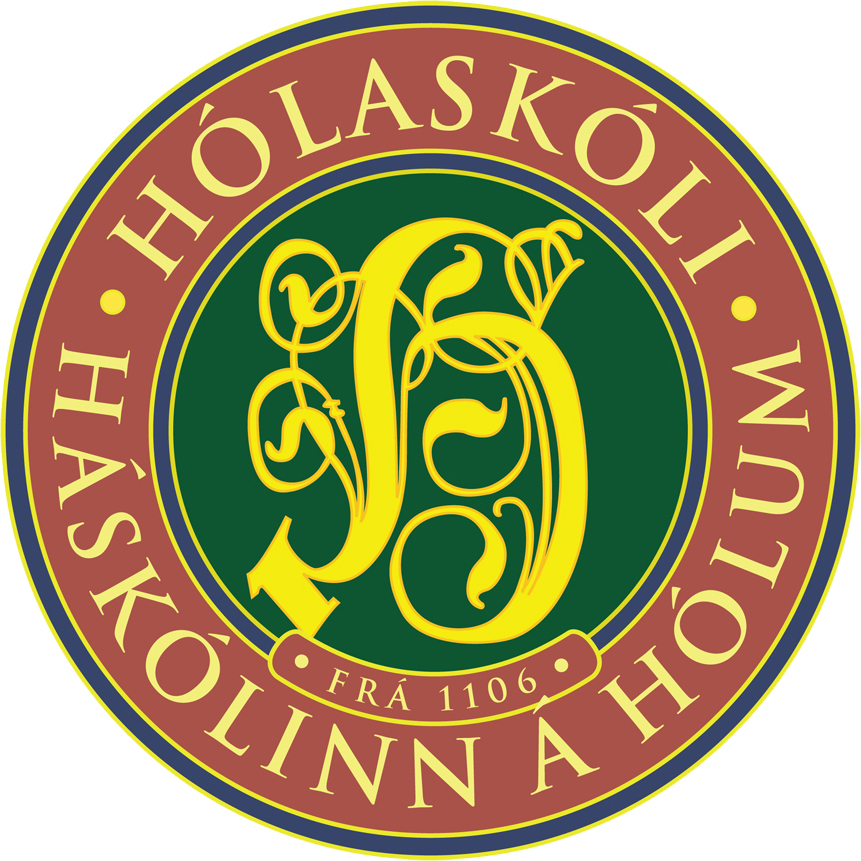
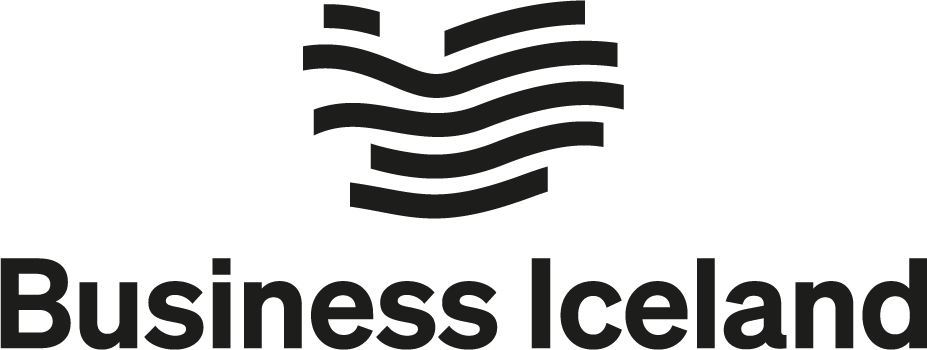


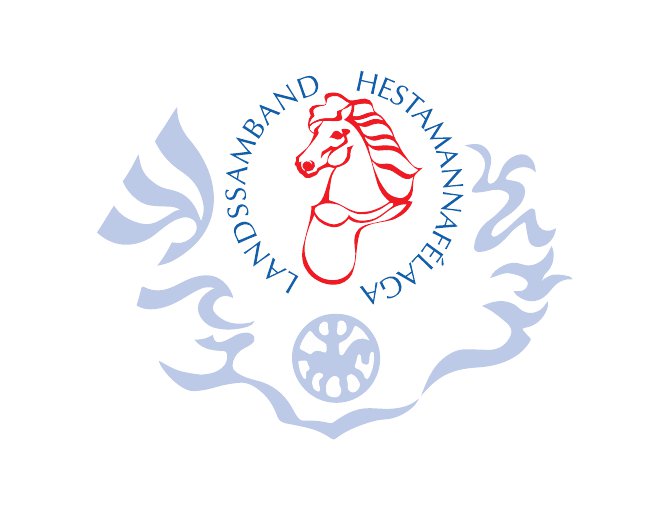

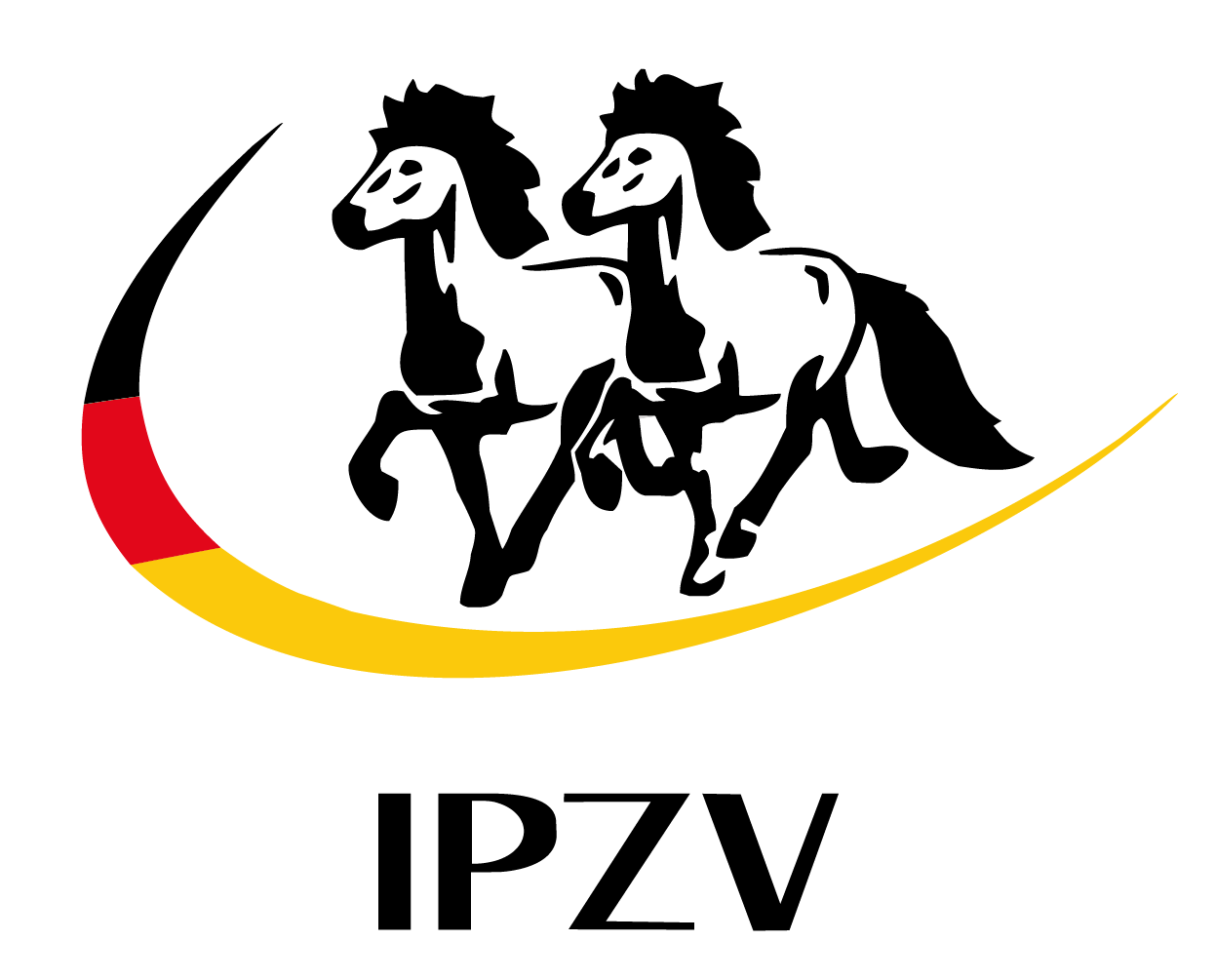

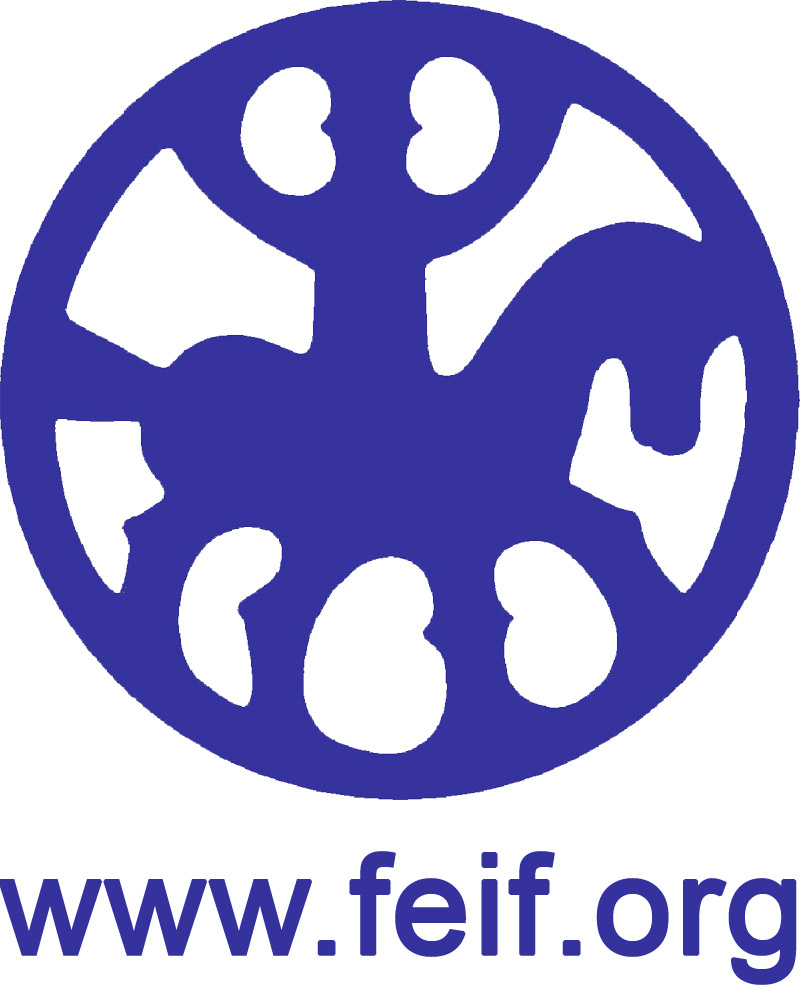
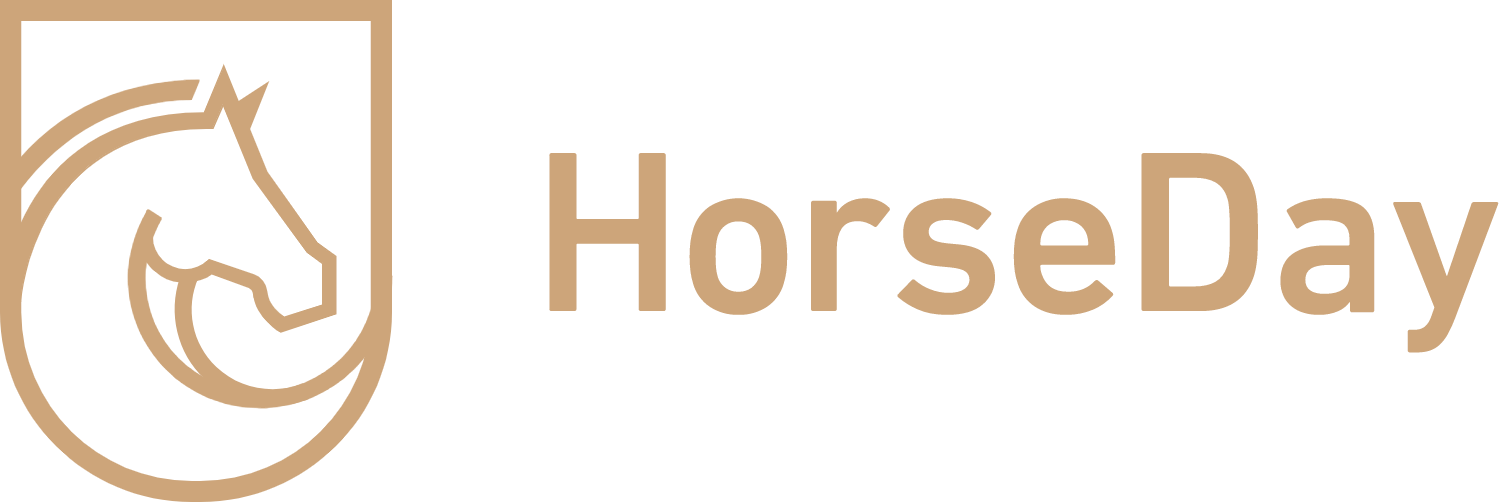
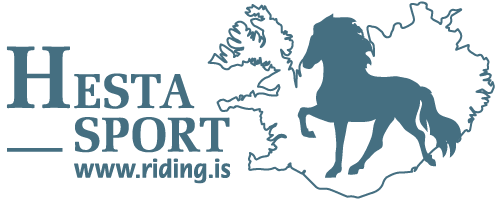

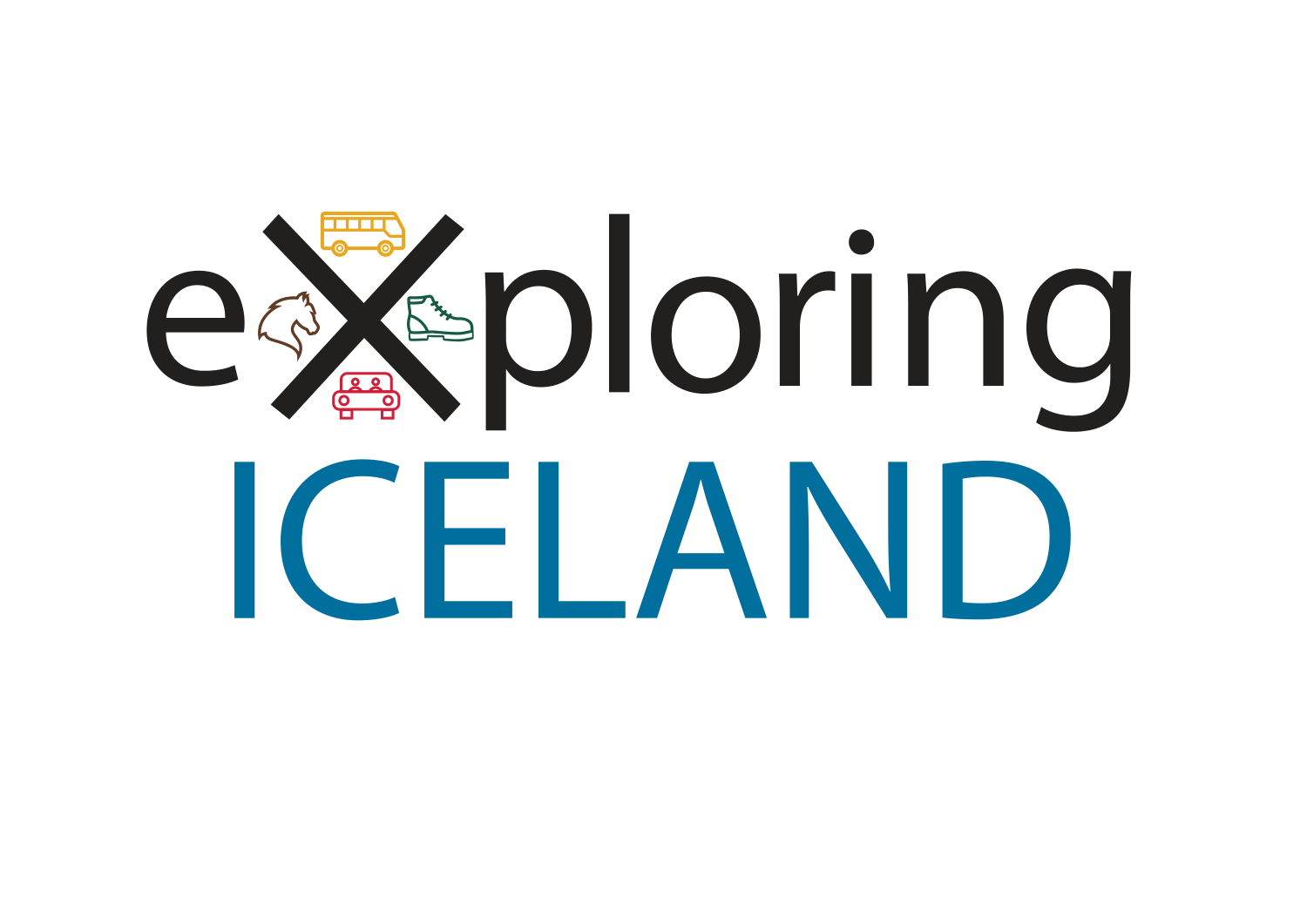
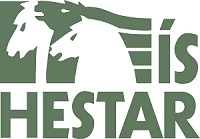
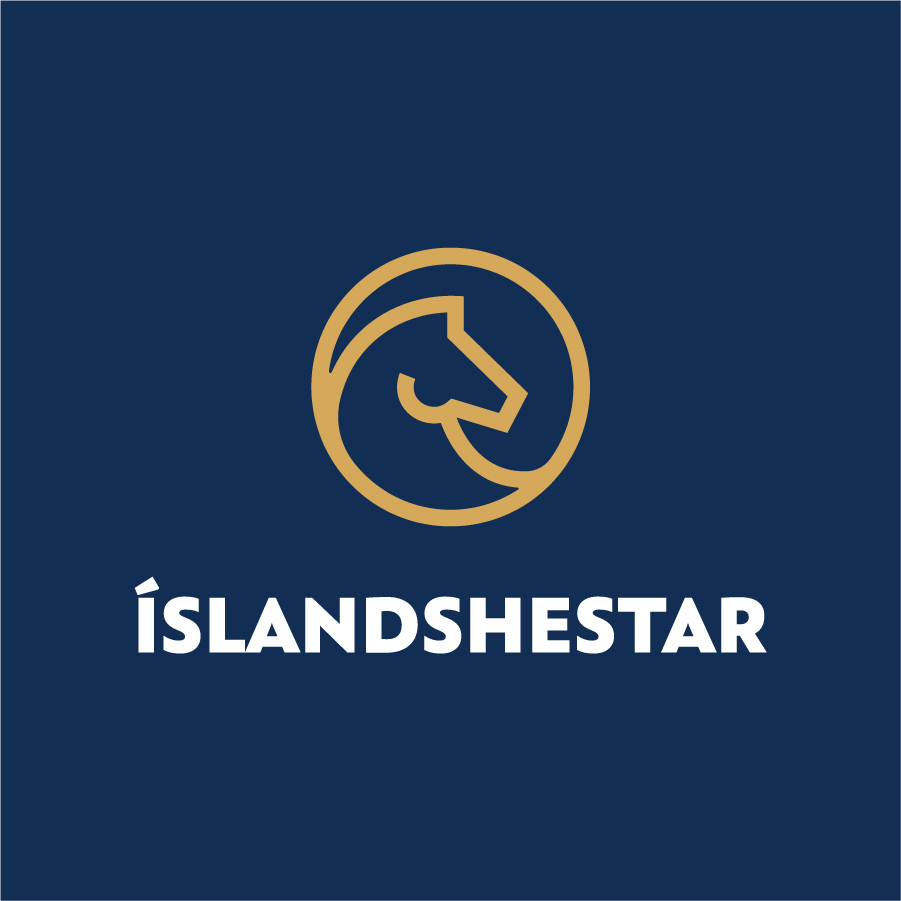
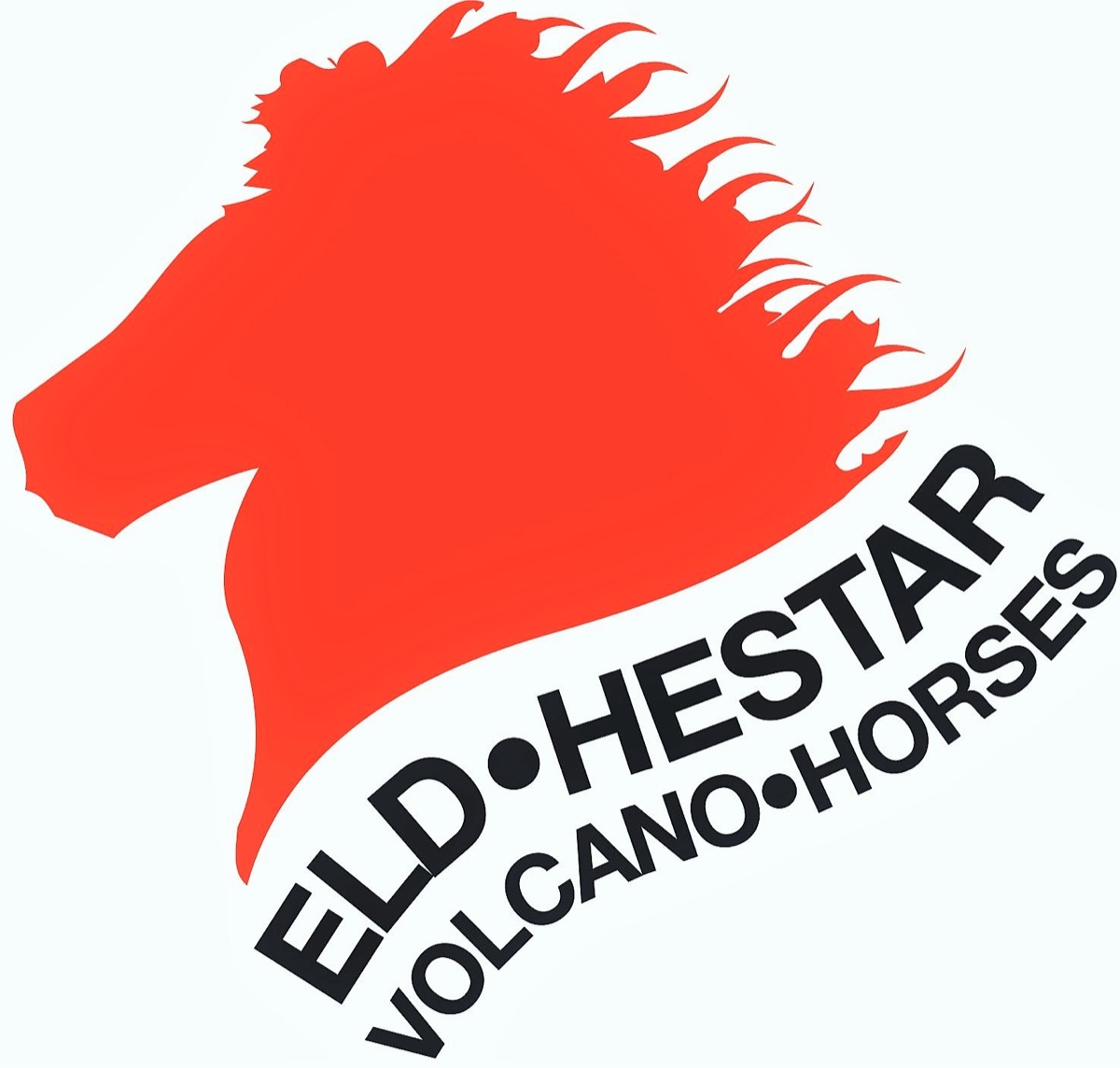
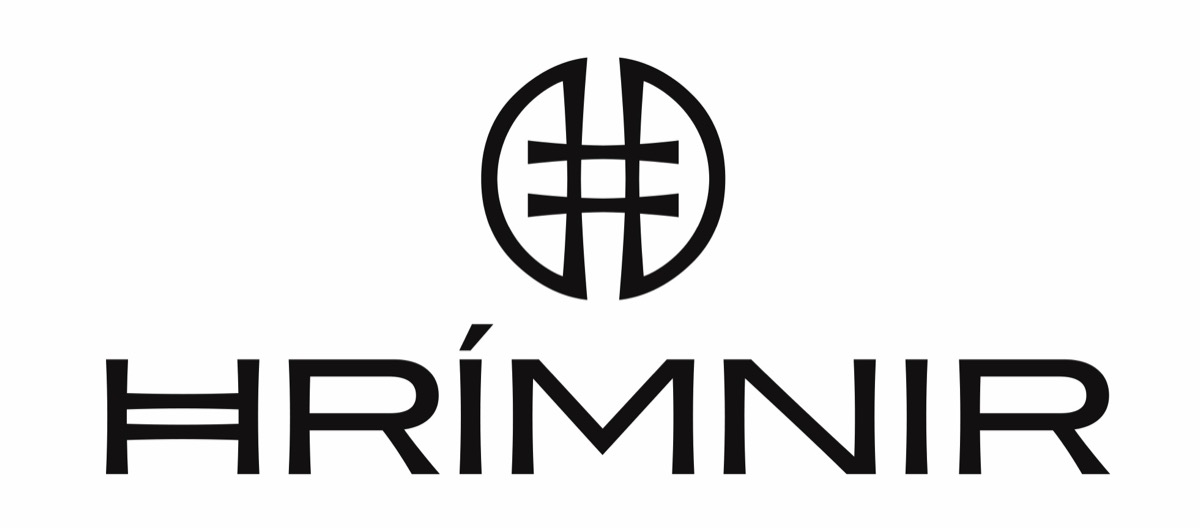

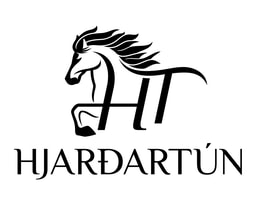
-1.jpg)
